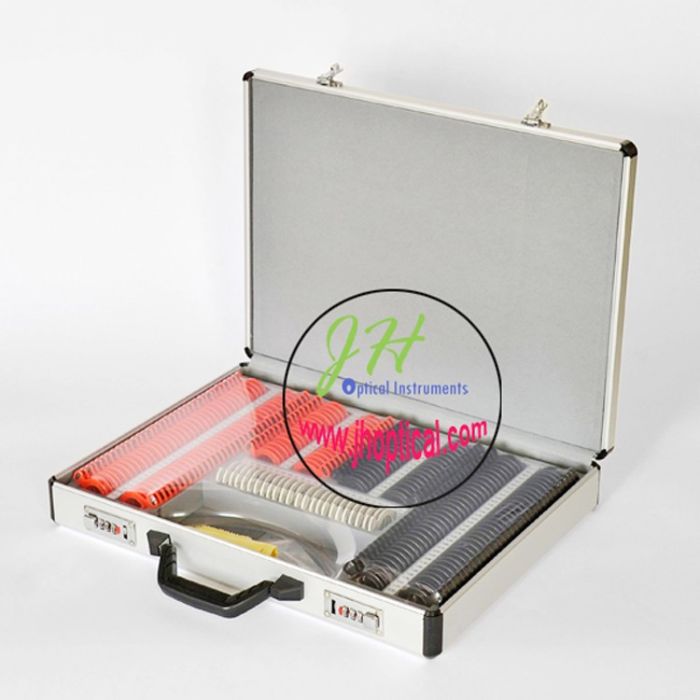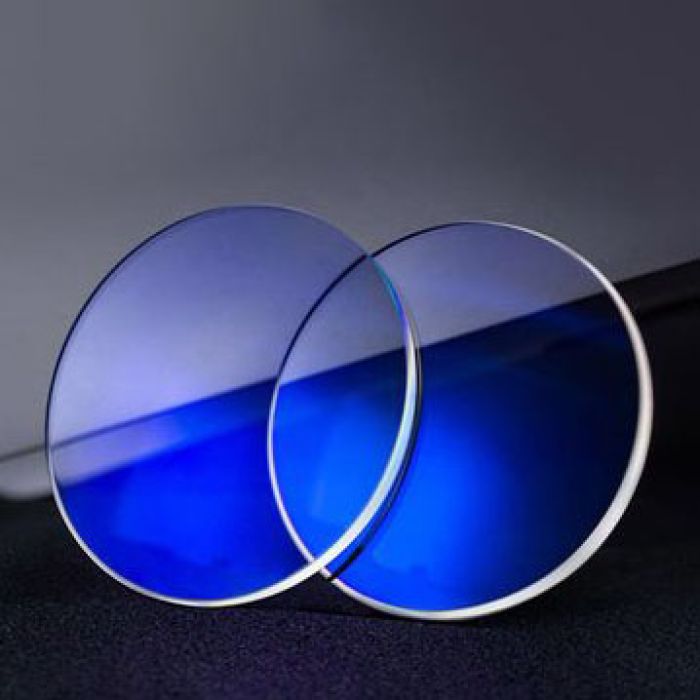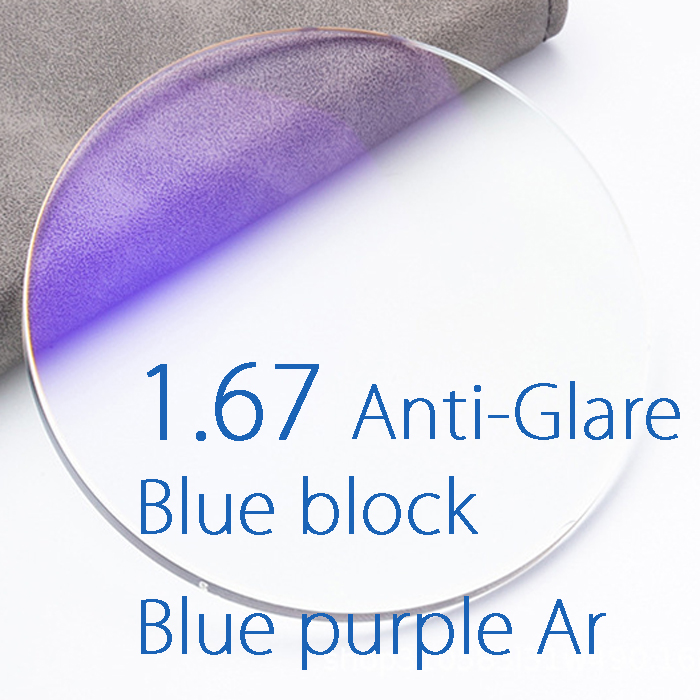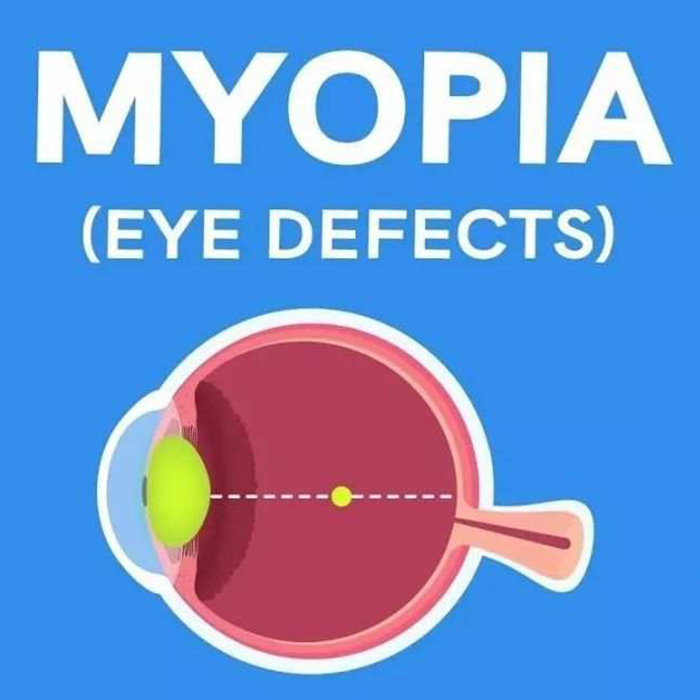How to understand the difference between blue film and green film on lenses?
Optical lenses coated with blue film is better or green film is better ?

When purchasing lenses, many people may find that they do not understand why they choose to coating lenses that are resistant to blue light, and the differences between film layers are not very clear. So, let's popularize the most common blue film and green film. What is the film layer for lenses, and what is the difference between blue film and green film?
Coating is the process of applying a certain thickness of film on the surface of eyeglass lenses using physical and chemical methods to improve their performance. Currently, lens coating mainly reduces reflection, enhances wear resistance, improves clarity, and is waterproof. It also has the ability to prevent ultraviolet rays and blue light.
What is a blue film?
As the name suggests, it refers to the use of optical thin films and new vacuum technologies to coat the surface of a lens with a layer of material to improve the ability of the lens to reflect light, making the film or reflective color of the lens blue.
What is green film? Similarly, the film layer or reflective color of the lens is green.
What is the difference between these two types of film layers?
*** Difference 1: Different light transmittance
In terms of transmittance, blue film lenses are relatively weak, and the transmittance of green film lenses is relatively high among all coated lenses. The transmittance of green film lenses can reach 98.6%, while blue film lenses only reach 96.8%. Green film has a more advanced and complex film system compared to other coating layers, resulting in a wider and flatter transmittance, with the transmittance enhancement point located at the center of the visible spectrum.
***Difference 2: Different security
Compared to green film lenses, blue film lenses cannot filter harmful strong light and have relatively low UV protection performance. Unlike green film lenses, they can prevent 100% UV, infrared, and various harmful glare from damaging the eyes and causing relatively little damage to the eyes. So in terms of safety performance, green film lenses are superior to blue film lenses. They can not only prevent eye diseases such as macular degeneration and cataracts, but also truly prevent problems such as vision damage and decline.
***Difference 3: Different wear resistance
The wear resistance of blue film lenses is much higher than that of green film lenses. At the same time, blue film lenses also have the function of preventing electromagnetic wave radiation from computers, televisions, mobile phones, etc., which is more comprehensive in terms of eye protection performance.
***Difference 4: Different levels of comfort
When it comes to comfort, we naturally think of the issue of visual fatigue. So, when it comes to green film lenses, their biggest advantage is not only high safety, but also good wearing comfort. This is because green is closer to nature, the green film layer is more in line with the physiological characteristics of the human eye, and the appearance is also more beautiful. Green coated lenses are also more natural to wear, especially suitable for long-term wearers of glasses; Green light has the effect of massaging the eyes, and wearing it for a long time will not cause discomfort. It can relax eye fatigue and achieve the effect of nourishing and protecting the eyes. If blue film lenses are worn for a long time, it is easy to cause eye fatigue, so green film lenses are more comfortable to wear than blue film lenses.
For both blue and green films that are suitable for the audience, I believe that after reading this article, when choosing lenses, based on the different performance of the lenses, I know better how to choose a lens that suits me.









